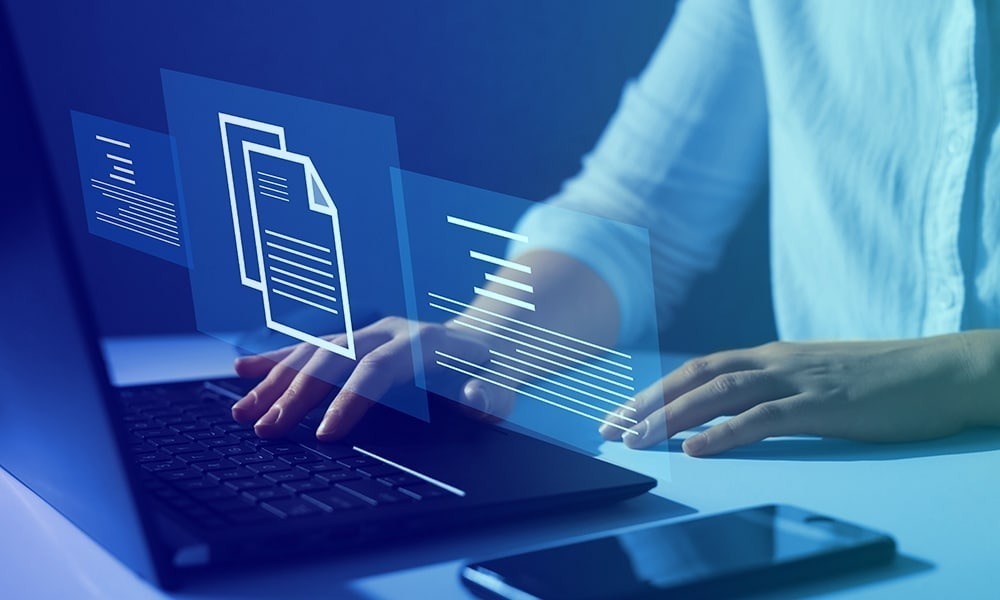In the ever-evolving landscape of technology, Optical Character Recognition (OCR) has made remarkable strides over the past decade. From its humble beginnings as a tool primarily used for digitizing printed text, OCR has now become a pivotal bridge between the analog and digital worlds. With over 10 years of experience in this field, we delve into the exciting advancements in OCR technology and how it is transforming the way we interact with physical documents and data.
The Evolution of OCR: A Brief Overview
Before diving into the latest developments in OCR, let’s take a moment to appreciate how far this technology has come. OCR, in its early days, struggled with accuracy, especially when dealing with handwritten text and diverse fonts. However, over the years, machine learning algorithms, improved hardware, and massive datasets have revolutionized OCR capabilities.
One of the key turning points was the introduction of neural networks and deep learning techniques. These advancements enabled OCR systems to recognize not only printed text but also handwritten content with astonishing accuracy. This evolution laid the foundation for OCR to play a crucial role in various industries, including finance, healthcare, and legal.
Accurate Handwriting Recognition
One of the most remarkable breakthroughs in OCR technology has been its ability to accurately recognize handwritten text. Traditionally, deciphering handwritten documents was a time-consuming and error-prone process, but recent advancements have changed the game.
Modern OCR systems leverage recurrent neural networks (RNNs) and convolutional neural networks (CNNs) to understand the nuances of handwriting. They can recognize diverse writing styles, cursive scripts, and even distinguish between different languages. This breakthrough has significantly improved the efficiency of tasks that involve handwritten documents, such as digitizing historical archives and processing handwritten forms.
Multilingual Support and Language Models
Another area where OCR has made significant strides is in its support for multiple languages and scripts. Early OCR systems were often limited to a handful of languages, making them less versatile in a global context. However, the advent of pre-trained language models like BERT and GPT-3 has expanded OCR’s language capabilities.
Today’s OCR solutions can effortlessly handle documents in various languages and scripts, from Latin-based alphabets to non-Latin scripts like Chinese, Arabic, and Devanagari. This not only aids in breaking down language barriers but also opens up opportunities for businesses to expand their operations on a global scale.
Document Layout Analysis and Structured Data Extraction
Beyond recognizing characters, modern OCR systems excel in understanding the layout and structure of documents. This capability is particularly valuable for data extraction from semi-structured and unstructured documents. OCR can identify tables, forms, headers, and footers, allowing for the extraction of specific data fields.
In the finance and legal sectors, for instance, OCR is used to extract critical information from invoices, contracts, and legal documents. This automation not only saves time but also reduces the risk of human error, leading to more accurate and efficient data processing.
OCR in Healthcare: Enhancing Medical Records Management
The healthcare industry has witnessed a significant transformation with the integration of OCR technology. Electronic Health Records (EHRs) are now the norm, and OCR plays a pivotal role in digitizing and managing medical records.
OCR-based systems can not only convert handwritten medical notes into digital text but also recognize medical codes and terminology. This not only streamlines record-keeping but also aids healthcare professionals in making informed decisions based on comprehensive and easily searchable patient data.
Improved Data Security and Compliance
As OCR technology continues to advance, so do the security features associated with it. Many OCR solutions now offer encryption, access control, and audit trails to ensure the confidentiality and integrity of digitized documents.
Moreover, OCR systems can assist organizations in adhering to data compliance regulations, such as GDPR and HIPAA. They can redact sensitive information, track document access, and generate compliance reports, helping organizations avoid costly penalties.
The Future of OCR: AI and Beyond
Looking ahead, OCR’s trajectory appears promising, thanks to the integration of Artificial Intelligence (AI). AI-powered OCR systems can adapt to evolving document types and formats, improving accuracy and efficiency even further.
Additionally, the integration of natural language processing (NLP) capabilities will enable OCR systems to not only recognize text but also understand its context. This will lead to more sophisticated document understanding and semantic analysis, making OCR an indispensable tool in information retrieval and knowledge management.
In conclusion, OCR technology has come a long way over the past decade, bridging the gap between analog and digital realms. From accurate handwriting recognition to multilingual support, document layout analysis, and enhanced security features, OCR has revolutionized how we handle and interact with documents. As we embrace AI and NLP, the future of OCR promises even more exciting possibilities, further cementing its position as a cornerstone of modern information technology. Stay tuned for the next wave of advancements that will continue to shape the OCR landscape.

